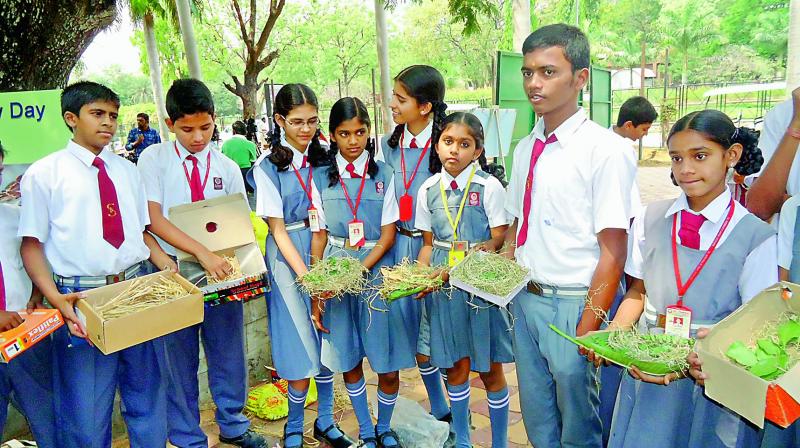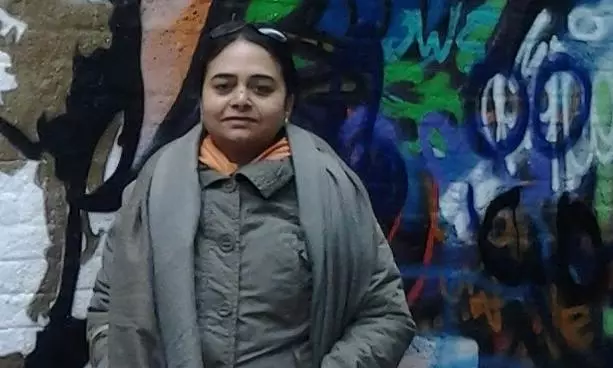Bringing sparrows back

From once being as commonplace as crows and pigeons to fast disappearing from rapidly growing cities, sparrows are at grave risk, with experts blaming high pollution and a growing use of insecticides for their declining numbers.
City-based Rajani Vakkalanka, founder of Citizens’ Action for Local Biodiversity Awareness and Conservation (CALBAC), has made it her life’s mission to protect and bring back the sparrow, even as she outlines a few reasons for their disappearance.
“The main reason for their declining numbers is a loss of habitat — plants and bushes which give them cover and protection from predators and worms to feed their chicks are gone. They live closer to human habitation as they feel safe from predators,” says Rajani, who has been spearheading sparrow conservation efforts for several years now.
Further, she adds, “The indiscriminate use of pesticides is a major threat to adult sparrows as well as the chicks, who can only survive on worms. When adult sparrows feed on pesticide-infested food, not only is it life threatening, but the eggs they lay also break before they hatch. While almost 32 varieties of birds were regular visitors of our colony and my home garden, “missing sparrows” was a glaring observation. That’s when my friends and I began exploring areas around our locality. We spotted them a kilometre away in a semi urban locale. We then started feeding them paddy and broken rice, put up water feeders and wooden nest boxes donated by Keerti Mehta (who has designed nest boxes from waste wood material),” says the conservationist, adding, “Our efforts have been successful. Sparrows started nesting in the boxes as we increased the nest box facility and brought them closer to our colony. It took us six years to finally bring sparrows back to our colony.”
Although she spent years as a city coordinator for Childline – Hyderabad where she handled different issues concerning children’s safety and well being, Rajani shares that the growing environmental degradation had always been on her mind.
Of course, there are challenges too. “While nesting facilities can be provided using earthen pots or shoe boxes which are easily available, these are only suitable for fixing in homes — balconies, under window ledges, car park areas etc; Our mission was to target as many areas as possible where sparrows were spotted. Wooden boxes are most suitable for the streets but getting them made is a major challenge as carpenters are unwilling to do so even if paid.
Finally, not all residents are willing to allow other types of nesting materials to be fixed in their homes,” she explains.

